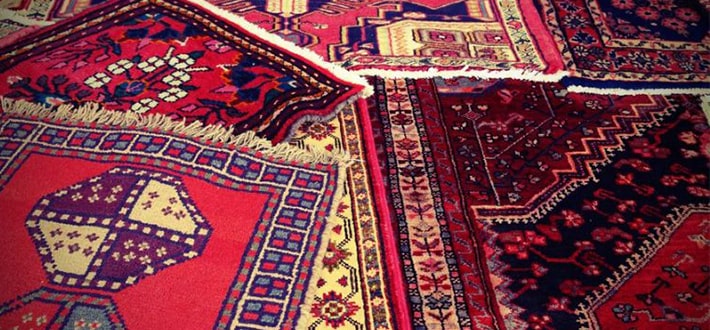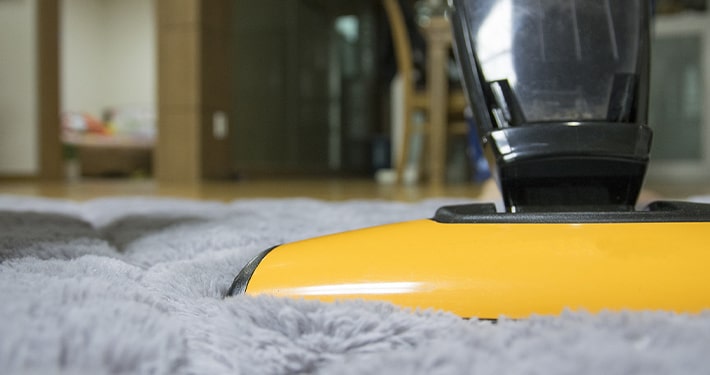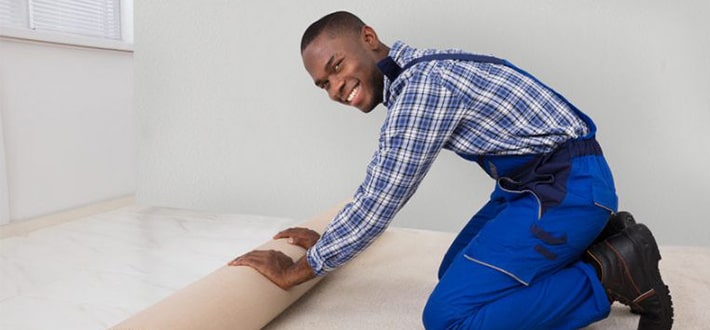When it comes to valuing an oriental rug, the following caveat is pretty much mandatory: Beauty is in the eye of the beholder. It’s similar to other forms of art. Some people wouldn’t pay $10 for a Jackson Pollock. Others will easily fork over $100,000 or more. This is subjective business. However, all things considered, there are some factors that will tend to drive prices higher or lower. What follows are best practices related to pricing oriental rugs. The “value” of the rug is totally up to the owner. That being said, let’s dive in.
Size
The bigger the rug, the more expensive it will be. What that really means is when performing an apples to apples comparison between rugs that are equal in all other ways, the bigger one is going to cost more. This is due to the amount of material, effort and time the rug requires, not to mention the shipping costs between the point of origin and the showroom or your home.
The Amount of Knots per Square Inch
The more knots in an oriental rug, the more effort that had to go into making it. Also, because each knot helps hold the rug together, the more knots you have, the stronger the rug is. These factors cause the price to go up. To find the number of knots per square inch, you must select a square inch of the rug you have or are interested in and flip it over. Count the vertical run and then the horizontal weave. Multiply these two numbers, and that’s your knots per square inch.
The Materials Used
When it comes to the materials used to make an oriental rug, the pricing concept is similar to that of sewing fabrics. The most common materials are cotton, wool, and silk. The most expensive of these fabrics is silk, but wool can also cause the price tag to hop up a bit. The acquisition of the materials is the primary determining factor because they simply cost more to buy. Also, some materials are seen as stronger than others, which also gives them more value.
How Old the Rug Is and Its Condition
Rugs, like cars, have definitive antique requirements. A rug that’s over 100 years old is considered an antique. Because the older a rug gets, the less likely it is to survive, these rugs are rarer and therefore worth more. Because rugs usually find themselves underneath the feet of owners and their guests, a rug that’s older will usually not be in the best condition. But if a rug is old and in good condition, its value will be significantly more.
Even though beauty and value are subjective, these best practices will help you determine how to value a rug you either have or are thinking about acquiring. In the end, something is only worth what someone will pay for it, so be careful when putting price tags on rugs. All things considered, the value is determined not by the person performing a valuation but by the person paying for it.






